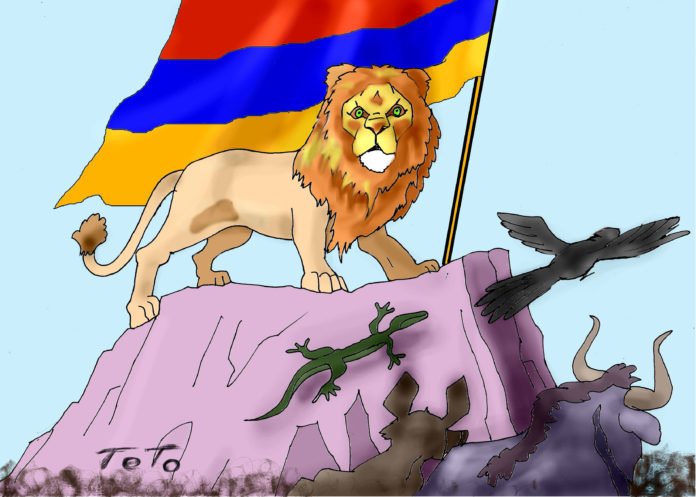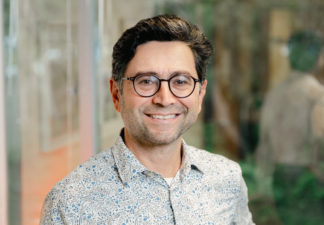One hundred years after the historic Battle of Sardarapat, a visit to ground zero allows a visual survey of the landscape, along with resurrecting the memory of those who sacrificed their lives at that spot and the memory of those who witnessed the victory which sealed Armenia’s fate for posterity.
Armenians may not have demonstrated unity in their self-rule. However, that unity was amply visible during the battles of survival. Some of those battles took place in Sardarapat, Bash Abaran and Ghara Kilisa (Vanadzor) in May 1918, with the decisive victory scored on May 28. That date signifies the victorious outcome of a war and the founding of the first independent Republic of Armenia.
After a century-long debate, discussions and controversies among Armenians, the dust has already settled and bare historical facts are there to stay.
The Battle of Sardarapat enjoyed a groundswell of support from all Armenians, including refugees from Sassoun and Van who joined the army and the popular forces for a last stand in history.
The Turks were not satisfied with exterminating our people in historic Armenia and usurping their native land. They aimed at the last haven of the Armenians in the Caucasus to finish up the grizzly job and connect Turkey with the lands of their brethren in Central Asia, on their way to the pan-Turanic dream. But their march was interrupted on the slopes of Ararat, where Armenia was reborn on a sliver of its historic homeland.
The victory at Sardarapat belongs to all Armenians as well as to the fledgling republic, which was born from the blood and sweat of heroes.









